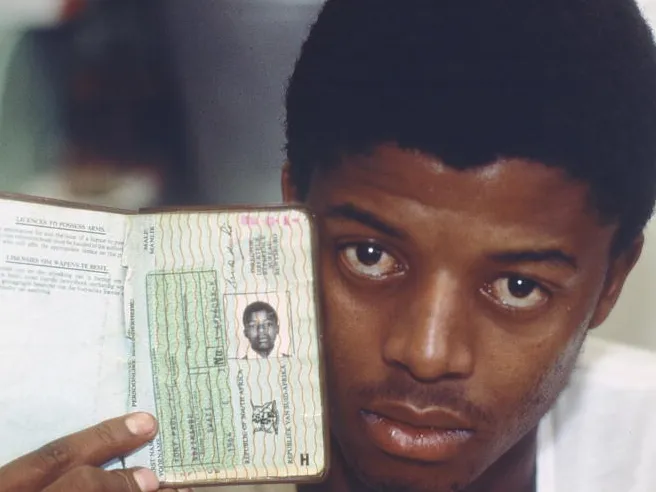Apartheid, meaning separateness in Afrikaans, was the state policy of maintaining separate and unequal conditions through racial division in South Africa. This was a chief policy of the white supremacist Afrikaner National Party (NP), which ascended to power in 1948. The NP enacted several laws to institutionalize Apartheid, the first major of which being the Popular Registration Act of 1950 required all residents of the country to be registered by one of four races: ‘white’, ‘Asian’, ‘coloured’, and ‘native’. The NP also banned interracial marriages the same year.

The indigenous Africans, under influx control laws, were only permitted in cities if they had employment. Their status was recorded in a dreaded government-issued document, called a passbook, which required a signature from a white employer and the government to validate an African’s status. This restricted Black people’s freedom of movement and precipitated passbook burning protests and demonstrations. Women led many of the demonstrations, refusing to have their movement restricted. The Apartheid government created multiple Group Areas Acts which confided Native Africans to ‘Bantustans’ or ‘Black homelands’ in order for more land to be available for the white minority.
The African National Congress (ANC) was founded in 1912. Their famous Freedom Charter was written in 1950 following the NP takeover, sending out 50,000 people to collect the people’s demands across the country and in remote areas. On scraps of paper, responses were collected, such as: “Land to be given to all landless people,” “Living wages and shorter hours of work,” “Free and compulsory education, irrespective of colour, race or nationality,” and “The right to reside and move about freely.” The Freedom Charter was announced in English, Sesotho and Xhosa.1 The ANC’s organizing included non-violent tactics like strikes, civil disobedience, and boycotts.
In 1960, a massive nonviolent protest against pass laws in Sharpeville became a massacre when police opened fire on Black demonstrators outside a police station, killing 69 people.2 After Sharpeville, the UN declared apartheid a violation of its charter. In retaliation, the NP banned the ANC from 1960 until the 1990, when the parties began a negotiation process to end Apartheid. The ANC would have to go underground and in exile abroad. Many of its leaders and lawyers were incarcerated as political prisoners. The ANC, and other emergent Black nationalist parties, would increasingly take up an armed struggle that escalated in the 1980s.

- Klein, Naomi. 2008. The Shock Doctrine. Harlow, England: Penguin Books. Chapter 10, ‘Democracy Born in Chains’. https://naomiklein.org/democracy-born-chains/.
- Canadian Museum of Human Rights. “The Sharpeville Massacre,” March 19, 2019. https://humanrights.ca/story/sharpevillemassacre#:~:text=On%20March%2021%2C%201960%2C%20police,Sixty%E2%80%90nine%20protestor s%20were%20killed.